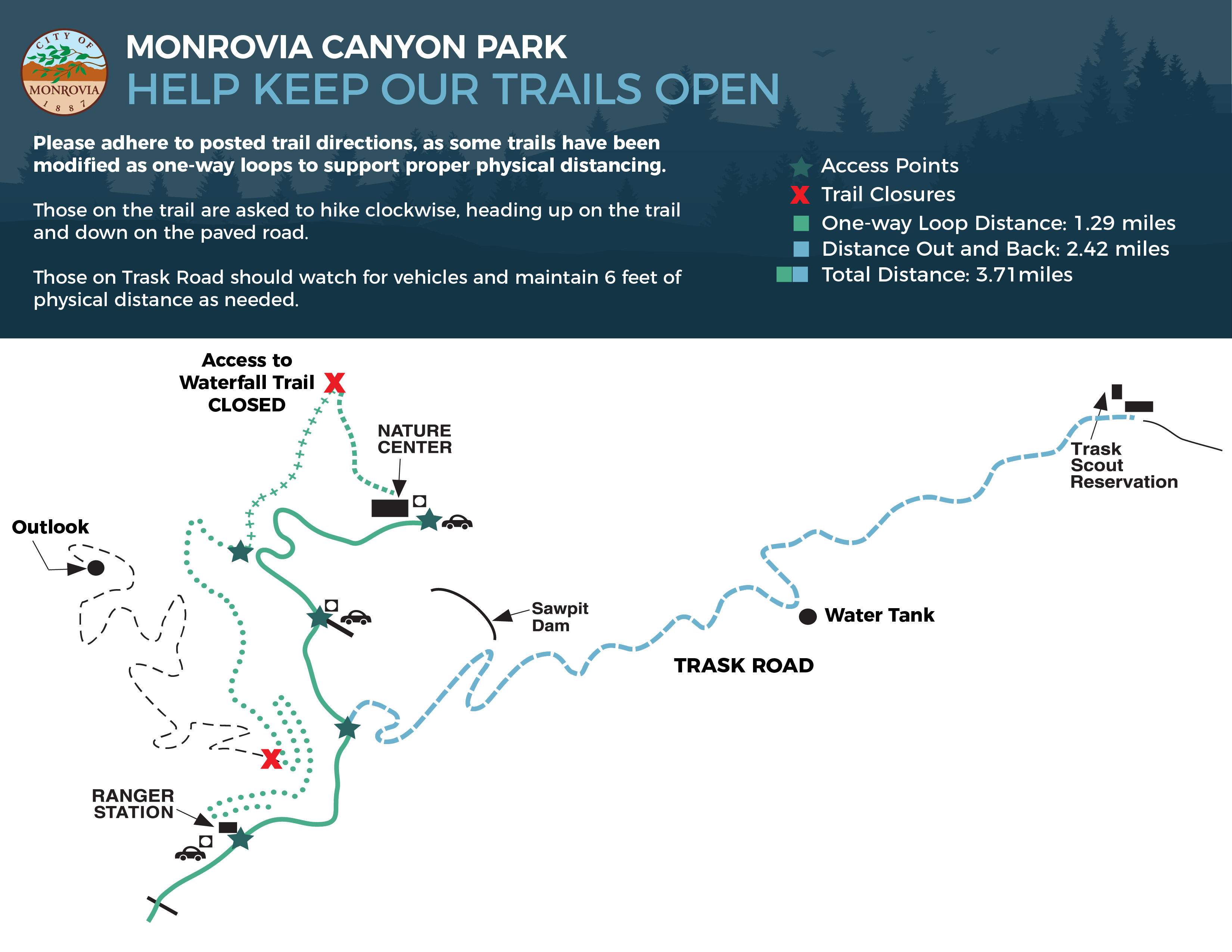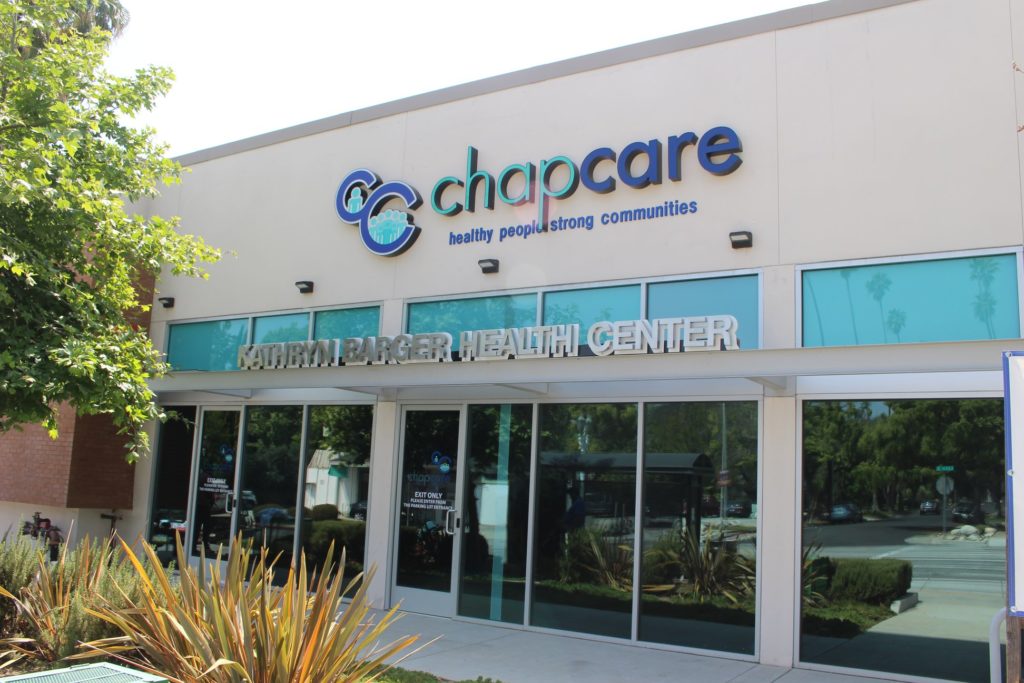
Given statewide and local capacity to respond to COVID-19, including stability in the number of COVID-19 hospitalizations and the ability to provide personal protective equipment to workers in essential sectors, the California Department of Public Health announced Tuesday an opportunity for counties to move through Stage 2, opening additional sectors of their economy at their own pace. To qualify, counties must attest that hospitalization and test positivity rates are stable or declining; that they have a significant level of preparedness with testing, contact tracing, PPE and hospital surge; and that they have adequate plans related to county-wide containment.
The Department also announced that starting Tuesday, some sectors of the economy statewide can begin reopening with modifications, including office spaces and counseling services in places of worship, curbside libraries and drive-in movie theaters.
“Californians have done incredible work flattening the curve and slowing the spread of COVID-19,” said Governor Newsom. “As we seek an effective therapeutic or vaccine, we are moving into a new chapter in the fight against the disease — focusing on protecting public health by lowering the risk of transmission and aggressively moving to protect vulnerable communities. The virus will still be present in our communities, and it’s as important as ever for Californians to take steps to protect themselves and their families. Wash your hands. Keep physical distance. If you have an underlying health condition that makes you more vulnerable to COVID-19, you should still stay home.”
California began its regional variance process on May 7. Allowing this initial approach to move forward for approximately 10-14 days allowed the state and counties to see the early impact of these modifications to the statewide Stay-at-Home order. Anticipating the need and appropriateness of allowing additional counties to control the focus of restrictions for their own jurisdictions, state public health leaders are now creating opportunities for additional counties to assume more local control in Stage 2 and improve local level preparedness.
Second Regional Variance
The state outlined a new process that will be similar to the first variance process allowing for prepared counties to advance at their own pace through Stage 2. To qualify, a county must attest to:
Case Metrics:
Stable or down trending hospitalizations, cases per population count and test positivity rate. This includes:
- Stable hospitalizations on a 7-day average of daily percent change of less than 5%; or no more than 20 hospitalizations on any single day over the past 14 days.
- 14-day cumulative positive incidence of less than 25 per 100,000; or testing positivity over the past 7 days of less than 8%.
Adequate Preparedness Planning:
A significant level of preparedness with testing, contact tracing, PPE and hospital surge, and planning for long-term care facility disease outbreak prevention and containment. This includes:
- Testing capacity. Minimum daily testing capacity to test 1.5 per 1,000 residents.
- Testing availability for at least 75% of residents.
- Contact tracing.
- At least 15 staff per 100,000 county population trained and available for contact tracing.
- Hospital surge.
- Hospital capacity to accommodate a minimum surge of 35% of their baseline average daily census.
- Skilled Nursing Facilities (SNF) disease outbreak prevention and containment.
- Plans to prevent and mitigate infections in skilled nursing facilities.
- SNFs have more than 14-day supply of PPE on hand for staff, with established process for ongoing procurement.
Response Planning:
Producing plans related to county-wide containment, including testing, contact tracing, vulnerable populations, congregate settings, acute care surge, and essential workforce.
As of Tuesday, the California Department of Public Health accepts second variance attestations. This allows for approximately 10-14 days, the COVID-19 incubation period, between the introduction of the first variance and the second variance opportunity.






